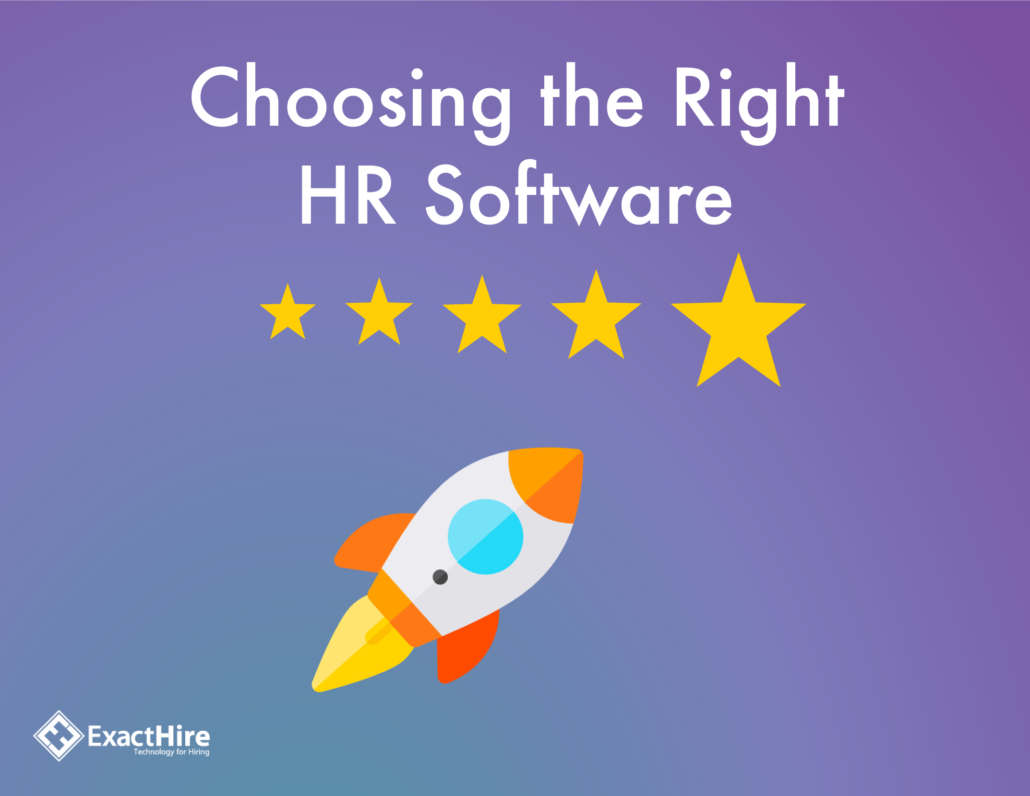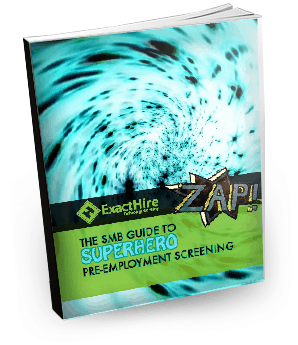How Do I Post a Job Ad for Free? And Should I Pay?
The talent shortage of 2021 has many companies expanding the rate at which they post jobs online for free. If you’re looking to post a job for free on Indeed or any of the other online job boards available, you may feel overwhelmed.
There are plenty of choices for free job advertising and even more choices for paid job postings. When deciding where to advertise a job for free or when to pay to post jobs online, strategy is key. Create a winning strategy with data analytics to help you find great workers when you post jobs online.
Attract the Right Candidates with a Free Job Ad
There are nearly as many job openings as there are people looking for work. And although there is a willing worker for each job opening, every recruiter knows only a small percentage of applicants will make a great new hire. Recruiters who post a job for free online increase their chances of attracting quality applicants.
But applying to a free job posting is easy and quick. That’s why when you advertise a job for free online, you also risk attracting unqualified candidates. So, while free job advertising on sites like Indeed and LinkedIn is a crucial component of a successful recruitment strategy, use these tips to attract high-quality candidates while discouraging unqualified candidates.
Be clear about qualifications. Whether it’s a bachelor’s degree or a welder’s certification, be clear about what you need. But don’t raise qualifications just to cut down on the number of resumes you need to weed through. Imposing unnecessary qualifications on a job may be discriminatory. And needless educational requirements may exclude diverse candidates with hard-to-teach soft skills.
Be clear about less desirable aspects of the job. When recruiters advertise a job for free online, they sometimes gloss over unsavory traits of the position. Neglecting to mention things like mandatory overtime may net a greater number of applicants. But you risk a poor fit and costly employee turnover if wait until your new hire clocks in to break bad news.
Write a job description tailored to your ideal new hire. Think about all the reasons a hard-working, go-getting team player wants to work for your company. Opportunity for overtime? Advancement opportunity? Tuition reimbursement? When you advertise a job for free online highlighting these benefits, you’ll attract employees driven to succeed—and discourage those without the work ethic to take advantage of these rewards.
Optimize Your Free Job Posting
With 9.2 million open positions out there, you may be tempted to pay to get your free job advertisement in front of candidates. Sometimes it makes sense to pay for advertising to find your new hire when you post jobs online.
For example, you may occasionally have a professional position to fill. Open positions for which there are fewer qualified candidates and those that have a larger impact on your operations may benefit from a sponsored job posting. For other positions with higher turnover, you can get good results by optimizing job ads when you post a job for free on Indeed or any other free job boards.
You can start by making a list of all the words candidates will use to find your open position. Now search for positions on sites such as LinkedIn or Indeed using the keywords. Make a note of how often each job posting uses your keyword, keeping in mind the first few results are likely sponsored. Now aim to use your keyword more often than the other job posting on the first page of results.
Stagger Your Job Ad on Free Job Posting Sites
When you post a job for free, you steadily go down in results pages as your job ad ages. You can keep your job posting on the first page of search results when you stagger the sites on which you advertise a job for free.
Job seekers use more than one site to look for jobs. Your new job ad may appear on the first page of results when you post a job for free on Indeed. Then as that ad ages, it’s less likely to appear at the top of search results regardless of keyword optimization.
When your free job posting slips to the second page on Indeed, you can post a job for free on LinkedIn. Candidates who don’t find your aging free job ad on Indeed will be more likely to find it on LinkedIn. By staggering the sites on which you post a job for free, you attract more job seekers by extending the life of your free job advertising campaign.
Get Your Job on Google Results Pages
Here’s another reason to stagger your job postings. Positions listed on many online job boards also appear in Google for jobs results. When candidates search Google for “administrative positions in Cleveland,” Google aggregates open positions across job boards on its results page. Candidates can click on the ad from Google and apply right on your branded careers site.
Make Posting a Job for Free Easier with Applicant Tracking Software
Don’t have a branded careers site? That’s too bad because having a branded careers site will make posting a job for free easier. When you post jobs for free online, many job sites will ask if you already have a careers site where applicants can apply. Without an online application, you’re stuck creating questions for candidates on each free job board.
ExactHire’s applicant tracking system includes a branded careers site where candidates can search open positions and apply, even from their cell phones. But there are other ways an applicant tracking system will make it easier for you to post a job for free online. Using ExactHire’s ATS system, you can create your job ad and post it to as many free job sites and social media platforms as you want with a single click. The ATS will store all of your passwords and will streamline the process you use to post a job for free.
You can also use ExactHire’s applicant source reports to find out which advertising methods work best in your recruitment campaigns. You’ll be able to see the performance metrics for each free job site on the same screen. Over time, you can fine tune your recruitment strategy to save time and money while reducing employee turnover.
Are you ready to learn more about how ExactHire’s ATS can make your free job advertising campaigns more successful? Contact us today.
Photo by Souvik Banerjee on Unsplash






